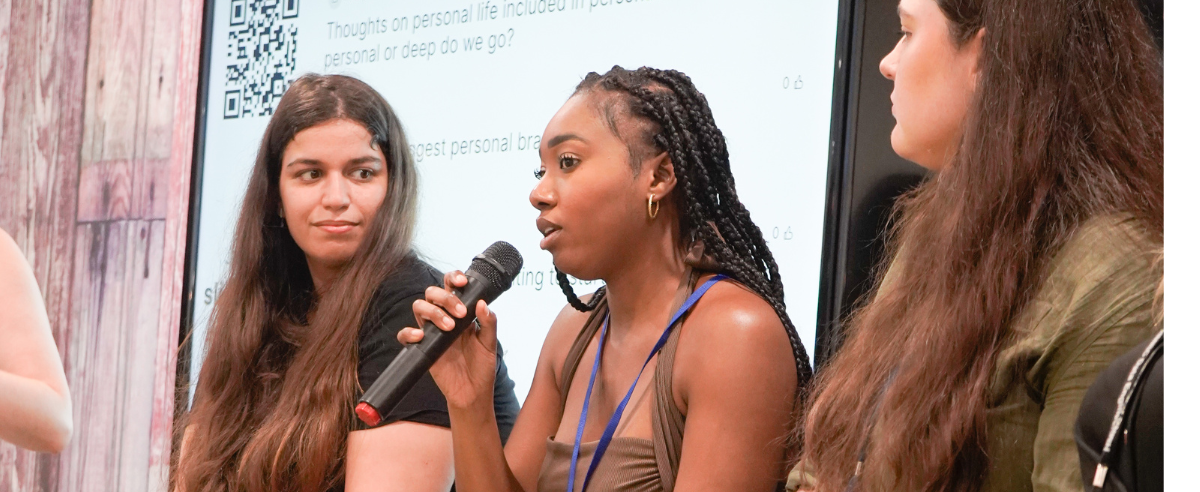
Intersectionality: Beyond the Buzzwords
Intersectionality, a term first coined by Kimberlé Crenshaw in 1989 to explain the overlapping combinations of discrimination and privilege linked to our social and political identities, has become somewhat of a buzzword in recent years.
In reality, the resurgence of the term (and its original definition) could not have come at a more important time. Gen Z represents the most diverse, interconnected, globally-facing generation in history, and we’re witnessing a rising call for a more sustainable, equitable future of work.
Intersectionality compels us to look beyond the one-size-fits-all approach (the approach that never works) to diversity and inclusion.
Q. What is an Example of Intersectionality?
Intersectionality considers every aspect of an identity through which someone can be marginalised, and how two or more of those characteristics overlap (intersect) to create a unique experience of oppression or privilege.
For example, in the UK, a white woman may face discrimination based on her gender, whereas a Queer Black woman may face discrimination based on her gender, ethnicity and sexual orientation, all of which intersect (or combine) to form her experience of oppression.
Intersectionality helps us understand that combined forms of discrimination can create systems that are more complex than the sum of its parts. D&I initiatives that don’t account for intersectionality will likely be too one-dimensional to offer meaningful support.
It might be useful to frame intersectionality as a way of thinking about the relationship between social power hierarchies and identity.
Q. What’s the Benefit of an Intersectional Approach to Diversity?
When you better understand the way identities overlap to create unique experiences, it gets easier to comprehend the challenges faced by different groups. We’re not typically one-dimensional, and that makes one-dimensional inclusivity fall short of the mark.
Imagine an organisation hosting a panel discussion for International Women’s Day featuring successful executives from the business. It may seem inclusive, but an intersectional approach would ask: Who are these executives? Are they all white upper-class women? (women of colour make up just 1.4% of C-suite leadership in the US)? What about the experiences of Black working-class women at the company?
By focusing only on gender, the panel might miss the chance to address challenges faced by a significant portion of its workforce.
Q. What Can I Do to Adopt an Intersectional Approach to Workplace Diversity?
Truly inclusive workplaces go beyond celebrating broad categories and recognise the intersecting experiences of the individual. Successfully adopting this approach starts with deepening your understanding of intersectionality, bias, and the history of marginalized groups. Here are some great resources to help:
· A deep dive into intersectionality from the Scottish Government
· The UN’s Intersectionality resource guide and toolkit
· Kimberlé Crenshaw’s TED talk on the Urgency of Intersectionality
Communication is another foundation of greater workplace inclusivity. Listen to the needs of your workforce – there are plenty of great tools to help you extract meaningful data and insights, including anonymised surveying platforms like Lattice. Other methods, including mutual mentorship and employee resource groups (ERGs), are great for fostering open communication.
Improving diverse representation and the leadership level is vital, as it can help you include a broader perspective during the decision-making process.
Want more insights? Hear from the Ethnicity Speaks community on Spotify: https://open.spotify.com/show/2yutgFgmpiVm8v2mqqFDEV.
